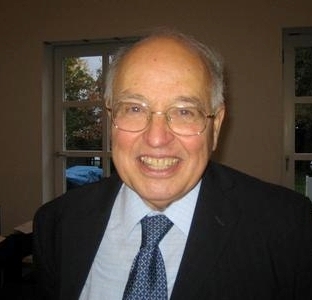At the beginning of this year (which now seems a very long time ago) I accepted an invitation from Thomas Schick to speak in a week-long summer school at Freiburg on the subject of “Coarse methods in index theory”. This was before the upheavals began in my life this year, one of which has been a severe illness making it impossible for me to travel.
From one point of view this is big disappointment, but from another it’s an opportunity. I’ve long been worried by the inconsistency between the “green” values embraced by many academics, including me, and the ease with which we seem to justify jetting round the world to talk to one another about “Coarse methods in index theory”, or whatever it may be. I totally agree that there are things we can learn face-to-face which are much harder to learn through alternative media. Some conferences have been life and career changing for me. But it’s hard to argue that this justifies every conference, in the face of the existential threat posed by climate change. Such is the argument made by the group of academics at flyingless.org:
Flying is an elite activity. The vast majority of the world’s population has never flown. Academics–particularly those from the world’s most prosperous countries–fly more frequently than most people do. University communities typically embrace sustainable practices in other areas of daily life. It would be inconsistent to ignore sustainability just in the case of flying.
University-based faculty, staff, and students can make large reductions in their total greenhouse gas emissions with moderate sacrifice in terms of institutional goals, professional advancement, and quality of life. However, they require mechanisms that are institutionally sensitive to differences in status, power, and position, as well as the right structural supports.
So I have an opportunity to try to implement a “flyingless” policy by delivering my lectures using remote streaming technology. There will be two lectures which I’ll give to an audience at Penn State and which will also be livestreamed to Freiburg (assuming we can all figure out the technology in time). The Freiburg audience will have the opportunity to interact with the speaker (me) as well as with the Penn State audience. By not sending me physically to Germany, we save \( 2\frac12\) tons of carbon dioxide emissions (a conservative estimate) and this compares with the 4 tons per person per year which is the current global average. There may be some disadvantage to the conferees in not having me physically present but I would guess it’s small. We shall see!
Here’s a schedule of the talks for those who are interested. It is possible that we may be able to make the stream public – in which case I’ll post the information here so anyone can watch!
Lecture 1: Title: Coarse geometry and index theory
Abstract: I will try to explain why there is a close connection between the underlying idea of coarse geometry (that geometric information is encoded in the “large scale structure” of metric spaces) and the underlying idea of index theory (that topological information is encoded in the “low energy structure” of elliptic operators). This lecture will be livestreamed to the Coarse Index Theory conference in Freiburg, Germany (and the audience there will participate by livestream too).
Lecture 2: Title: Coarse geometry and structure invariants
Abstract: If an elliptic operator has index zero, then it is “stably invertible”. The reasons for such stable invertibility can themselves be analyzed and classified; they are called analytic structures associated to the operator in question. In this talk I’ll give an introduction to the theory and application of analytic structures. This lecture will be livestreamed to the Coarse Index Theory conference in Freiburg, Germany (and the audience there will participate by livestream too).


